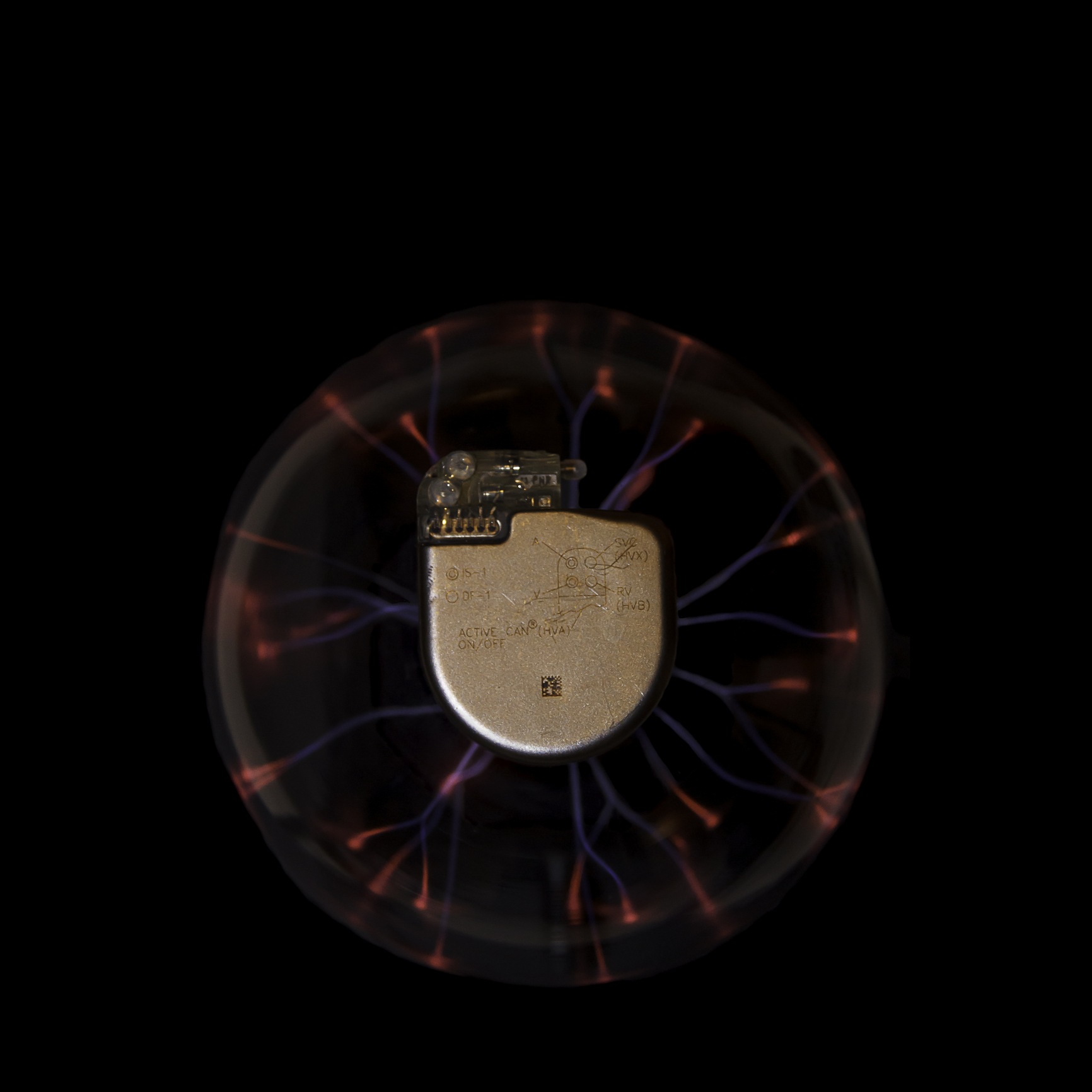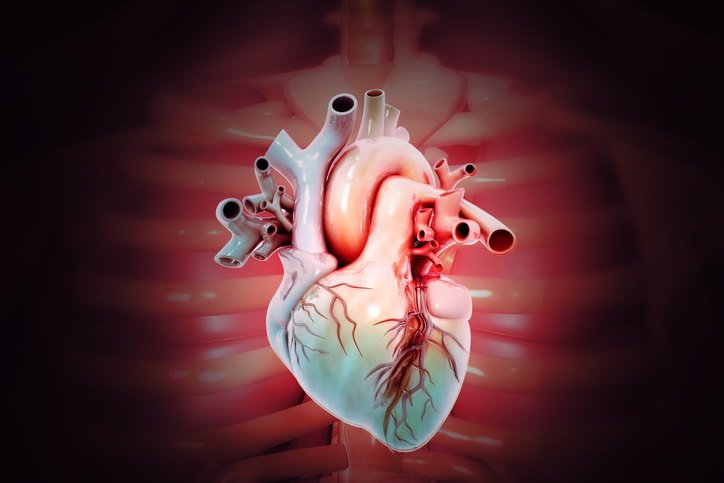
A new paper in the New England Journal of Medicine reports the results of a noninferiority study comparing two different implantable cardioverter defibrillators (ICDs).
“The subcutaneous ICD was designed to avoid complications related to the transvenous ICD lead by using an entirely extrathoracic placement,” the authors wrote. “Evidence comparing these systems has been based primarily on observational studies.”
The study included a total of 849 patients with an indication for an ICD but not for pacing. Patients were assigned to receive either a subcutaneous ICD (n=426) or a transvenous ICD (n=423). The primary study endpoint was a composite of inappropriate shocks and device-related complications. To establish noninferiority, the researchers set the margin for the upper boundary of the 95% confidence interval for the hazard ratio at 1.45. There were also secondary endpoints, including death and appropriate shocks. Median follow-up was 49.1 months.
According to the study results, the primary study endpoint occured in 68 patients in the subcutaneous ICD group and 68 in the transvenous ICD group (HR=0.99; 95% CI, 0.71 to 1.39; P=0.01 for noninferiority). The authors reported device-related complications in 31 patients in the subcutaneous ICD group and 44 in the transvenous ICD group (HR-0.69; 95% CI, 0.44 to 1.09), with inappropriate shocks occurring in 41 patients in the subcutaneous group and 29 in the transvenous group (HR=1.43; 95% CI, 0.89 to 2.30). There were 83 deaths in the subcutaneous group and 68 in the transvenous group (HR=1.23; 95% CI, 0.89 to 1.70), and appropriate shocks occurred in 83 patients in the subcutaneous group and 57 in the transvenous group (HR=1.52; 95% CI, 1.08 to 2.12).
“In patients with an indication for an ICD but no indication for pacing, the subcutaneous ICD was noninferior to the transvenous ICD with respect to device-related complications and inappropriate shocks,” the authors concluded.







 © 2025 Mashup Media, LLC, a Formedics Property. All Rights Reserved.
© 2025 Mashup Media, LLC, a Formedics Property. All Rights Reserved.